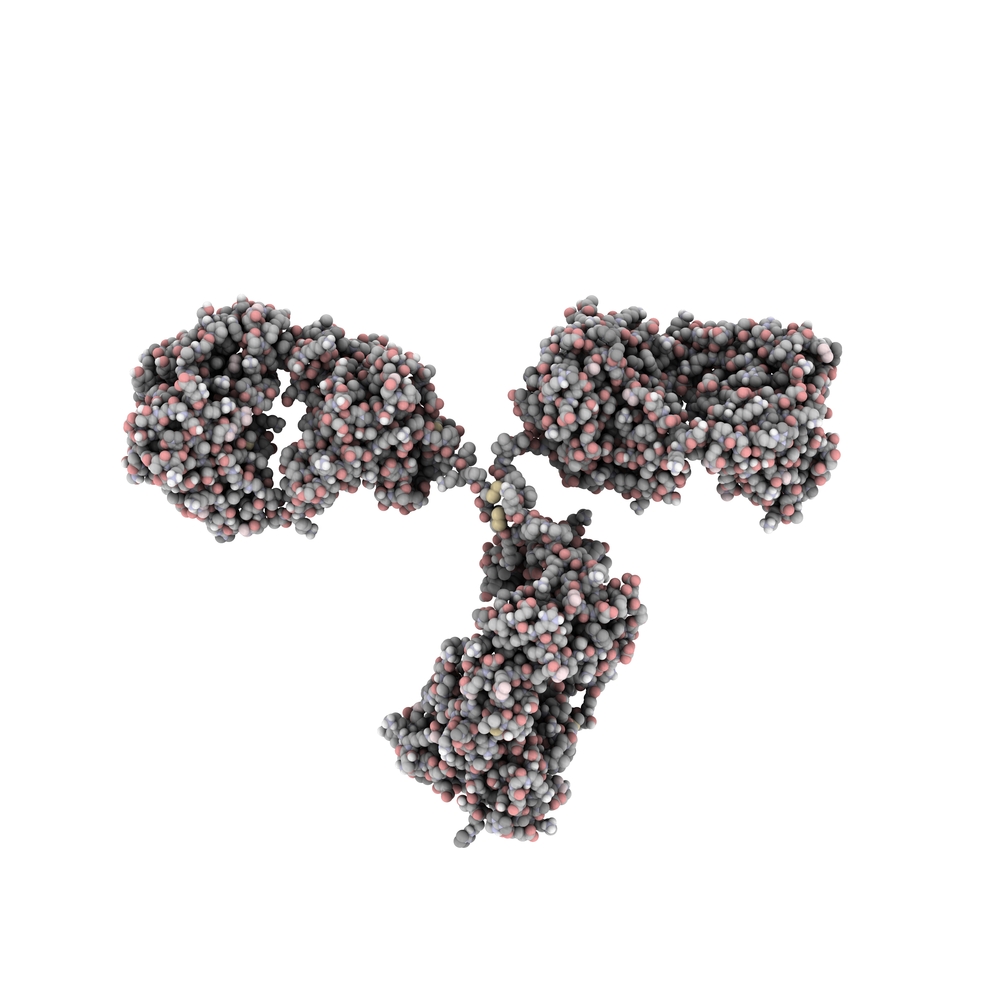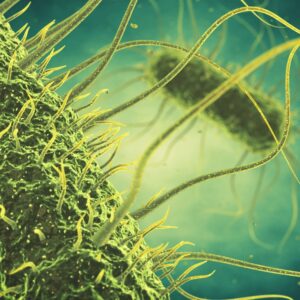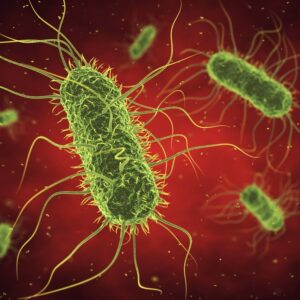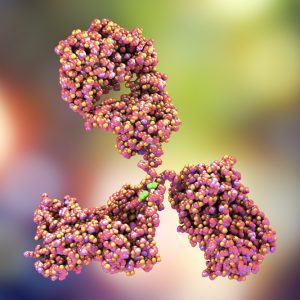GOAT ANTI-SALMONELLA CSA-1 ANTIBODY
Affinity purified polyclonal antibody to Salmonella common structural antigens (CSA) made in goat (BacTrace®). Isolated from a serum pool of goats immunized with different serotypes of Salmonella. This antibody is broadly reactive to Salmonella and recognizes most Salmonella serotypes. Each lot is tested to assure specificity and lot-to-lot consistency using an in-house ELISA assay.
PRODUCT DETAILS – GOAT ANTI-SALMONELLA CSA-1 ANTIBODY
- Part of the BacTrace® range of antigens and antibodies.
- Affinity purified antibody made in goat.
- This product is designed to react broadly with Salmonella enterica. This includes serotypes of group A, B, C, D, E, and other antigen classes. The intensity of reaction may vary depending on the strain of Salmonella tested. Product is tested via ELISA techniques as applicable. Antibody may also show some cross-reactivity to related Enterobacteriaceae
- Product is in lyophilized form.
- Each lot is tested to assure specificity and lot-to-lot consistency using an in-house ELISA assay.
BACKGROUND
The bacterial genus, Salmonella are rod-shaped, gram-negative, facultative anaerobic bacilli, that belong to the family Enterobacteriaceae. The genus is divided into two species groups, Salmonella enterica and Salmonella bongori. S. enterica is further divided into six subspecies which includes S. enterica subspecies enterica. Salmonella typhi is a serovar of this subspecies and is classified as Salmonella enterica serovar typhi. Both S. typhi and S. paratyphi belong to the same subspecies and are generally referred to as Salmonella. Infection caused by S. typhi or S. paratyphi is generally referred to as typhoid fever.
Typhoid fever is an acute systemic illness caused by Salmonella enterica serovar Typhi which leads to infections in children and adults resulting in high morbidity (Paul & Bandyopadhyay, 2017). S. enterica are noncapsulated, nonsporulating, facultative anaerobic bacilli, which contain in their outer membrane a group of proteins (OMPs) which include Braun’s lipoprotein, the porins (ompC, ompF, ompD, phoE, etc.) and the heat-modifiable protein (Omp A). The cell outer membrane proteins (OMPs) play an essential role in adaptation to environmental conditions, motility, adherence, and host cell colonization. These proteins also function in the transmembrane transport of nutrients and ions and play a significant role in the injection of toxins and cellular proteases, as well as the formation of channels for the removal of antibiotics (efflux pumps).
There are only a few vaccines licensed for use in humans which all target Salmonella enterica serovar Typhi. Vaccine development is hampered by antigenic diversity between the thousands of serovars capable of causing infection in humans. However, a number of attenuated candidate vaccine strains are currently being developed (Sears et al., 2021).
REFERENCES
- Sears KT, Galen JE, Tennant SM. Advances in the development of Salmonella-based vaccine strategies for protection against Salmonellosis in humans. J Appl Microbiol. 2021 Mar 4.




